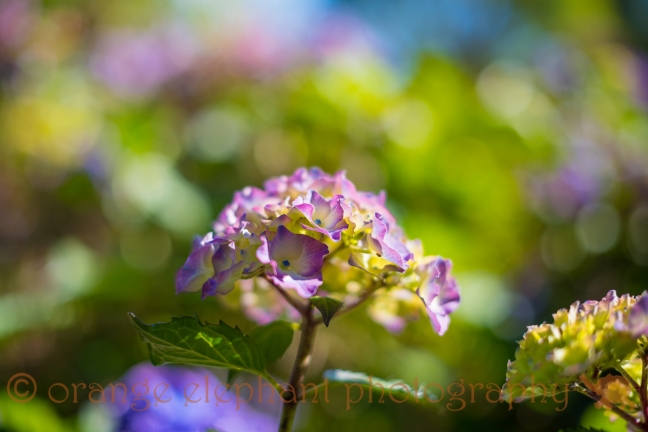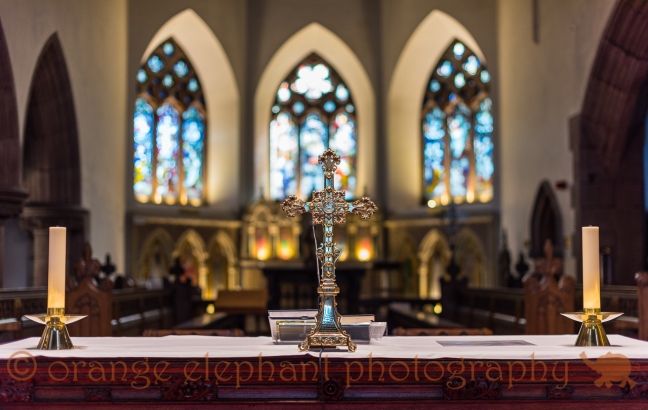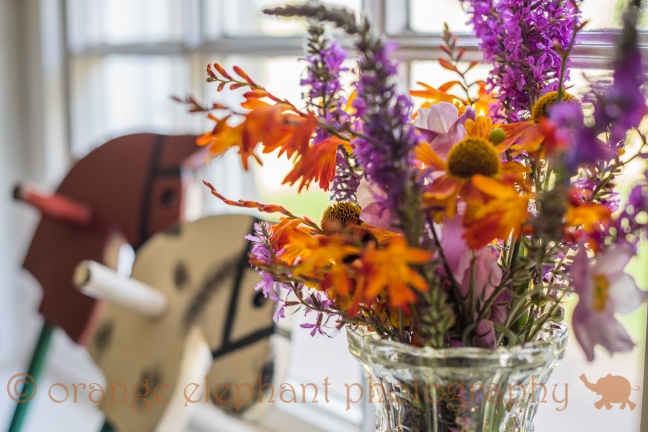Nikkor AF-S 50mm f1.4G

The Nikon nifty-fifty 50mm f1.4G. Probably my most useful lens taking price & size into consideration. For a fast f1.4 lens, this weighs only 280g & is a good choice for a first prime lens. Priced at around £255 in the UK, this lens is great for street photography, general walkabout or even a holiday/vacation lens. It can also be used as a portrait lens for 3/4 or full length & small group shots. (On a DX crop frame, the 50mm becomes an excellent portrait lens at 75mm, but perhaps not so useful as a walkabout.)
Sharpness is equal to my Nikkor 105mm f2.8 & Nikkor 24-70mm f2.8G. At the widest aperture of f1.4, the 50mm f1.4 has a sharp area in the centre, with softness out to the edges (great for portraits). The central sharp area gets bigger from f1.8 through f2.0 & at f2.8 the lens is sharp edge to edge. Despite not having the magic Nano crystal coating, colours are good & there are no issues with flare. With 9 rounded aperture blades, Bokeh is good with no nasty surprises in the highlights.
Autofocus is not pro-level, but perfectly fine for regular use. Minimum focus distance is 0.45m & construction is mostly plastic. It doesn’t feel as though it could be dropped too many times, but it’s not a pro lens & doesn’t cost £1k!
The first example using this lens was taken at Tynwald National Park, St John’s, Isle of Man. Details are Nikon D810 + Nikkor 50mm f1.4G @ f2.0, 1/1500 sec, ISO 100, handheld. I love the soft colours in this shot & the Bokeh is soft & not distracting.
This next image was taken in Peel Cathedral, Isle of Man. Details are Nikon D810 + Nikkor 50mm f1.4G @ f2.0, 1/60 sec, ISO 220, handheld. In this shot, I love the soft stained glass windows in the background against the candles & the cross. The colours again are very good.
This final example image which was taken at Grove House Museum of Victorian Life, Ramsey, Isle of Man. Details are Nikon D810 + Nikkor 50mm f1.4G @ f2.8, 1/50 sec, ISO 160, handheld. One of the guides had created some beautiful arrangements using flowers from the garden. I was very close to this vase & depth of field is narrow allowing the period hobby horses in the background to be blurred.
Thank you for taking the time to read this post & I hope you enjoyed the images.
Wasp

Soon after I bought my camera, I decided to take some macro images. I needed to find a way to do this without harming the creature.
It was mid-September & we sometimes found insects trapped inside the house, banging against a window. One day we found a wasp & decided to keep him overnight. It was a spell of good weather & with a good forecast for the next day. After catching him in a jar, we then put the covered jar in the fridge to cool him down overnight.
The next morning, it was bright & sunny, so I set up my camera & tripod outside with a little set (a slice of lemon on a mirror) arranged on a stool. It would have been easier indoors where I could have controlled the lighting & also kept him cool, but I wanted him to be able to fly away when he was ready. I didn’t expect him to be ready so quickly!
When the set was ready, we brought out the jar from the fridge & carefully placed the wasp on the lemon slice. We were very careful that we didn’t damage his limbs.
Once in place, I started to take a few shots & within 30 seconds or so, he started walking slowly, then vibrating very quickly to warm himself & after a minute, he flew away. I managed only 3 or 4 shots, but I was very happy with the results & pleased that my model appeared to be undamaged from his overnight stay.
The resulting image was shot on a Nikon D810 with Nikkor 105mm micro f2.8 lens at f11, 1/125sec, ISO 100. The full size image can be seen here.
Dark Skies, Isle of Man.

The Sound by Moonlight.
With so many stunning landscapes to enjoy on the Isle of Man, I found that the Island also has 26 official Dark Skies locations. I was inspired to try some night photography at some of those locations & chose the Sound in the South of the Island as my first try. The Sound is the name given to the water channel between the Calf of Man & the mainland.
With a useful resource called The Photographer’s Ephemeris, I was able to check the position of the moon & noticed that it was due to be directly over The Calf during the night. At 1am in the night, I gathered my Nikon D810 camera, Nikkor 24-120mm f4 lens, tripod & a torch I headed off to The Sound.
Wandering around at the dead of night is a little spooky, but I found a location that matched what I had in mind & set up my tripod. There’s a flashing beacon on the small rocky islet called Kitterland between the mainland & the Calf. I decided to use the Thousla Cross to obstruct the beacon & also decided to light the cross in honour of the men involved in the French schooner Jeaune St Charles rescue in 1858.
I tried a few test shots & settled on using my lens zoomed out to 24mm, with manual exposure. A shutter speed of 6 seconds, wide open at f4 & ISO 1600 seemed to work well for the shot. Part way through the exposure, I flashed my torch at the cross to create the lighting effect. It took a few tries to get this how I wanted. Checking the camera’s LCD screen, I was surprised to see how much colour was in the sky, despite it being nearly 2am. The moon had a lovely effect on the almost purple sky & I was excited with the results.
The full size image is here, I hope you like it.
This is my first ever blog & if you found this little story interesting, I’d love to hear your thoughts.
